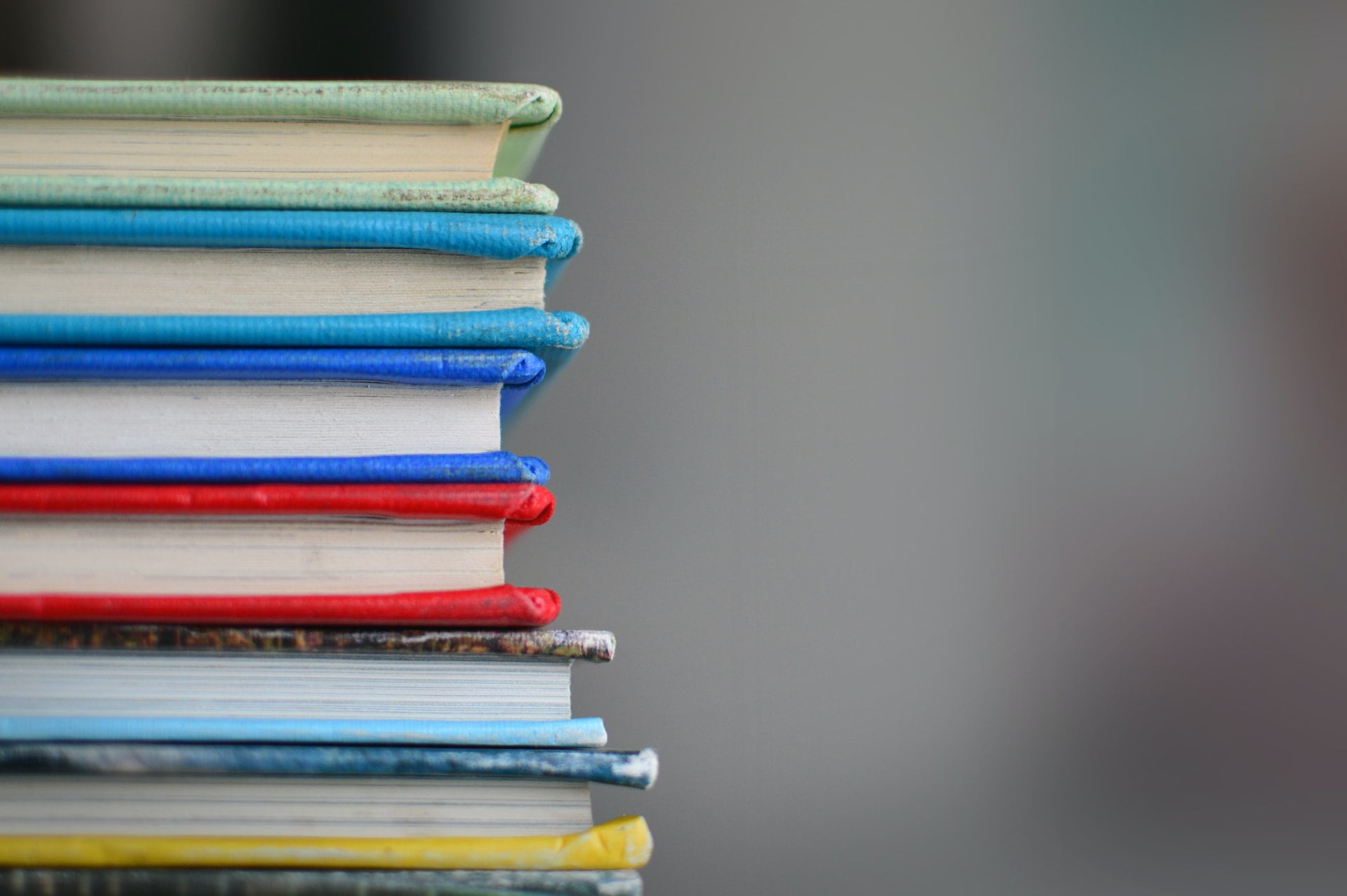Full-Color Book Printing Defined
Full-color book printing is the most advanced book printing technique. It can also be referred to as a four-color process. This is more expensive than traditional offset printing. It is ideal for books that contain text and images.
Case wraps
If you want a more unique and elegant look to your books, you can use case wraps for full-color book printing. The case wraps are separate from the text pages, which are printed inside. They cover the book’s edges, usually 9” x 11”. These boards extend more than the page sizes and are typically laminated and printed with high gloss or film lamination.
Hardcover books are usually made from 98 pt. You can cover the binder’s board with a printed cover wrap or a solid-color material. These cover wraps are typically stamped with the book title and author’s name. An end sheet is also included in some cases, but this is optional.
Crossovers
Crossovers in full-color book printing involve images or text that overlap between pages. This problem is caused by the mechanical nature of bindery equipment and must be avoided. Because of this, designers must plan their layout to accommodate the situation. Unfortunately, the resulting book may not be perfect bound, and any image or text placed outside the book’s margins will be cut off.
Acetate overlays
Acetate overlays are transparent sheets placed over corrections and color breaks. They are used for different purposes, such as identifying the correct colors. Generally, they are used concerning the artwork. Full-color printing requires other acetate overlays. For example, one sheet is used for green and another for blue.
High-density pigment ink
The ink used in full-color book printing is high-density pigment ink. This ink consists of ink pigments within a polymer. When this ink is applied to a color plate, it becomes a gel. This gel prevents ink droplets from mixing and soaking into the paper, improving placement accuracy. The ink is then allowed to dry and forms a film that sticks to the paper. This process produces high-density printing on different types of writing and allows for accurate color matching across various devices.
Printability refers to the suitability of the substrate for the printing process, including mechanical, optical, and thermal properties. It also includes properties that affect interactions between the ink and the substrate. For example, the absorptive capacity of the substrate, pick strength, surface tension, pH value, and glossiness are all essential factors.
Coated stock
Two basic types of paper are used for full-color book printing: coated and uncoated. Coated paper is glossy and will have brighter ink, while uncoated paper is duller. You can choose between the two by assessing your book’s intended purpose.
Coated stock is an excellent choice for books with photos and other detailed imagery. It comes in a mat or glossy finish and has various reflectivity values. Coated silk paper, for example, is less reflective than glossy paper. This type of paper enhances pictures and allows for easier reading. However, it’s not recommended for books with a lot of text.
Coated stock is usually white or cream. Its color is determined by a clay coating added to the paper during manufacturing. It offers the highest print quality, allowing for high-quality image reproduction. However, because of its higher price, it may not be appropriate for all projects.




